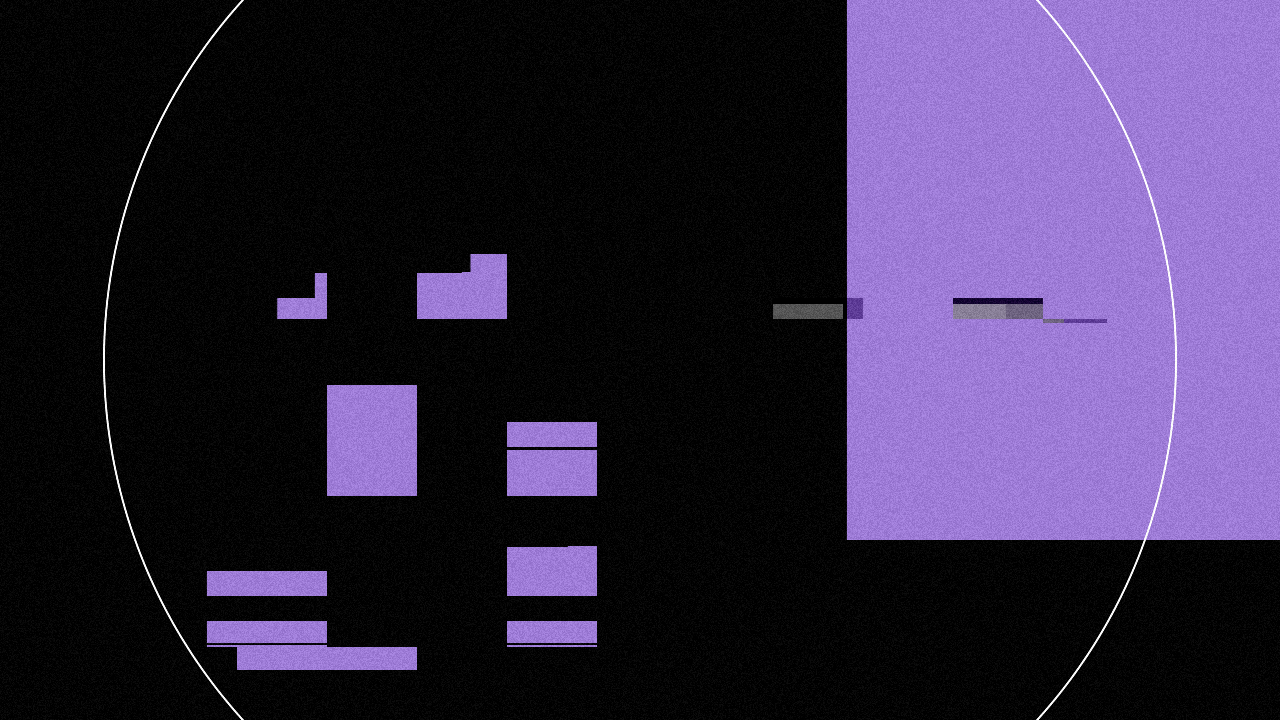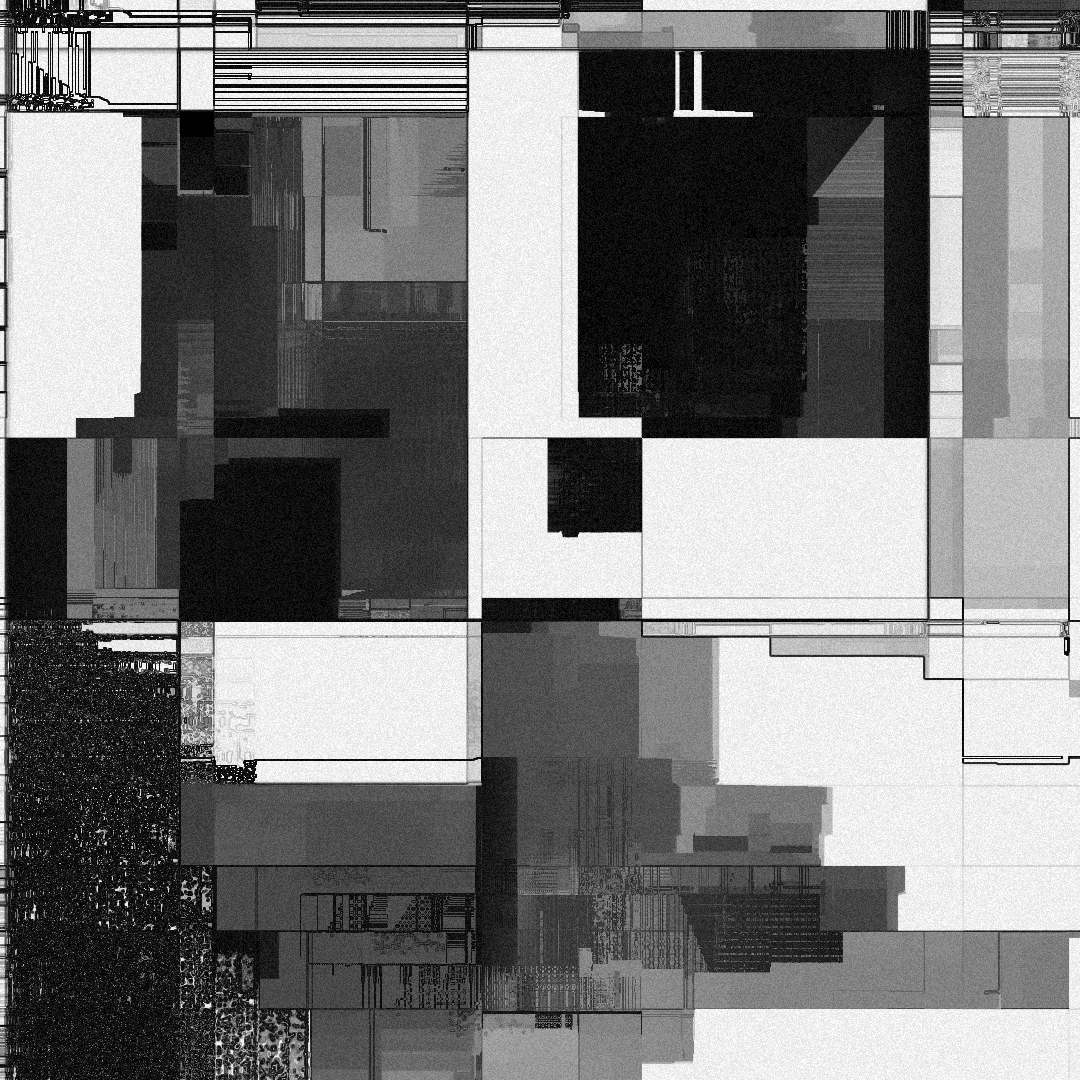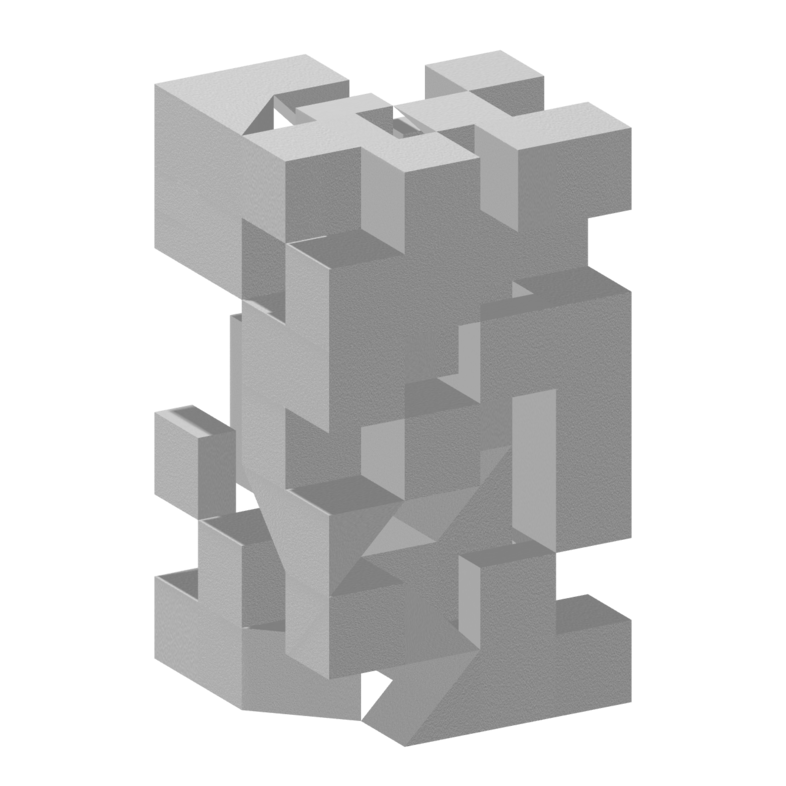Interspace, interstice, liminal space. What constitutes a mellanrum for you? How do you grow a fruitful void? Mellanrum is an iterative series of works presented as improvised performances/installations. It is an ongoing set of experiments focusing on temporal, spatial, and visual rhythms, their interplay and the gaps created. Attempts to highlight the space in-between by pointing right at it, a form emerged out of this project.
Mellanrum 1.0 was perfomed/shown at Sirenfestivalen, Gothenburg January 18 2022. It was conceived as a one-hour-long active improvisational performance and a four-hour-long self-generating installation. Presented here are videos from the performance and material that led up to it, including: journal entries and links to external inspiration, as well as alternative outcome from the network in use, and general reflections.
How can thinking in systems expand my understanding and use of modular synthesizers and visual programming environments?
Whenever you use a modular synth or a visual programming environment you are building a system, it is simply the nature of the tools. To disregard this systemic aspect would be something like playing guitar on a piano. There are strings, you can most certainly get somewhere, but to not mind the characteristics of the tool in use will likely be a disfavor to getting a deepened understanding. For a long time, I failed to connect with my modular synth because I only minded the microcharacteristics, the sounds, one at a time, and I exercised top-down control to generate musical structure. I was stuck in an unconnected state because I did not take the step back to thoroughly explore the macrocharacteristics, the actual design of networks that could generate structure on its own.
A thinking in systems has afforded me the framework to go for the good of the whole, to keep the focus on enhancing total system properties rather than individual parts. As a result, I have arrived at somethings greater than my will alone could produce. By designing and interacting with entangled audiovisual systems that share and exchange control signals, I have begun to have the conversations with my tools that I felt I was missing. The hows of this thinking are scattered around this exposition, and I encourage exploration, but here are a few aspects I will continue to discover:
Simple rules produce hard-to-predict outcome
Keep the systems tangible at start and focus on the connections. Find a core voltage. Explore and expand the network from the interconnections, seek emergence.
Systems can unfold all at once
They are non-linear, they can be connected in many directions simultaneously, embrace it. A composition can happen at any connection point in the network.
Get the beat
Your engagement calls for listening. Before you charge in to make things better, pay attention to the value of what’s already there. Look for the ways the system creates its own behavior.
Entangled?
The setup is based on an audiovisual feedback loop where control signals from the modular synth drive both the audio, and triggers new events in the visuals. As a feedback connection, the brigthness amount of the visuals is used as a control signal in the modular, it alters the tempo and adds white noise to the sound (most of the time). As a performer I am moderating this conversation, becoming a part of the network by adjusting amounts of modulation, the ampltiude of voices, and also deciding when to loop a randomly generated phrase and not.
How can my artistic practice benefit from a generative approach?
In the past I have had tendencies to get stuck in details, spending frustrating hours on trying to get past roadblocks on the way to a fixed destination. By shifting focus from the destination towards the details, the connections and the constraints, I have found ways to stay in and explore the abstract nature of my ideas and present them as they unfold. I find It easier to enjoy and make something worthwhile out of the bumps in the road without a fixed end goal. I believe I previously was holding on too tightly to ideas that were vague in the first place, trying to master a dynamic system with a static policy. By employing a generative approach, surrendering to the process, I have regained a balance that helps me dance with the complex system that is me and my creative process.
I do not think I would have deliberately painted or designed a sketch like this. But I am very happy about it, it has qualities I wish to express (the same goes for all the material presented here). I designed the network by specifying the elements and interactions somewhat. I listen and conversed with the dynamics, by adjusting levels in the feedback loop for instance. Even though I was responsible for setting up the interconnections, I have arrived at a something beyond my will (I am repeating myself, this is of importance to me). In short, I think this is it; the generative approach opens new possibility spaces in familiar rooms. At the same time, it has the potential to open doors to rooms you did not know you wanted to enter, but nonetheless enjoy. It is an explorative rather than dictating approach.
Surrender is a way of being in the world, and it's an active way of being, it's a way of
becoming part of things because you cannot not be a part of them – Brian Eno [1]
The double negative “cannot not”, points to the fact that the system will happen once it is set up, it cannot not happen. Eno states that art has a digestive function and exemplifies it with the question; here are these things, how do you feel about them? Designing generative systems is a way to constantly get this question asked, the system rather than you being the one asking. Even though this project is only scratching the surface of the possibilities utilizing a generative approach, it is a surrendering act that I wish to continue to build my reimagined practice upon.
[1] Helsinki Festival, Brian Eno at Helsinki Festival: Surrender – A conversation (2021, August) [online video]. Retrievied from
https://www.youtube.com/watch?v=BW-ccyUG9-I.
The first entry in my audivisual journal for this project. I connected midi signals from Ableton to TouchDesigner as a way to start exploring the use of the same control signals to drive both the music and the visuals. It is a precursor to me figuring out the interconnected nature of Mellanrum.
Two reflections
In the early days of this project I asked the open question: what is a piece of music, a performace, and a release to me? The Mellanrum concept offers one answer to this question. It is an evolving audiovisual network that can be performed, recorded, and released at any time in an improvisational manner. It is a generative system including me, a modular synth, and TouchDesigner entangled.
I started this project by moving away from the computer, or moving away from composing in timelines to be precise. By starting building networks on my modular synth and getting a deeper understanding of visual programming, I have regained exitement for composing with the computer. I have started to explore live coding with TidalCycles as a way to interact with my modular synth, and I have begun experimenting with the tool Cables.gl for making interactive pieces as websites.
A later entry in my journal. I explored a vertical way of visually representing the audiospectrum of the left and right channels from my modular synth in real-time. This spatio-visual connection was missing from the network during Mellanrum 1.0, but I do wish to explore connections like this in future iterations.
The fundamental technique used for the visual side of the network is derived from Bileam Tschepe. I have expanded the approach by interconnecting the generation of new instances of "sketches" to signals from the modular, as well as the addition of feedback connections and subtle animations.
Contents
4 Swimmers









